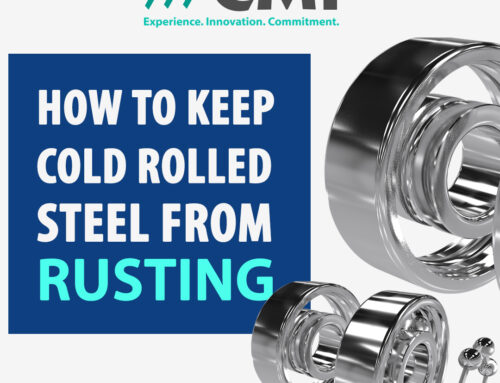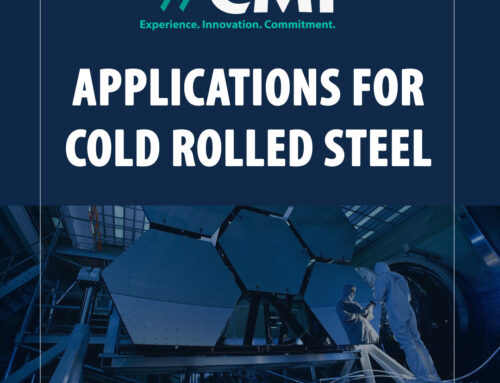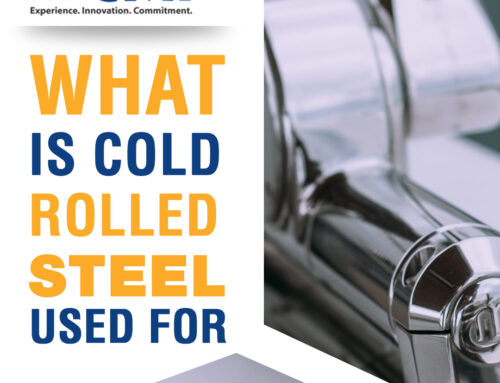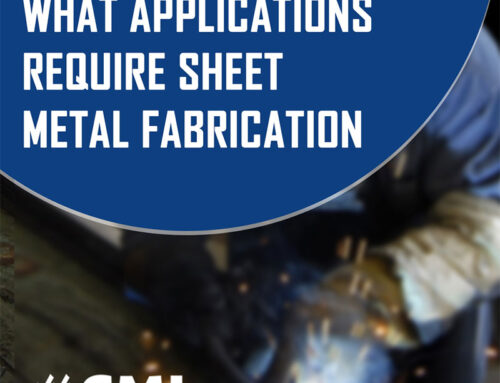What Is The Main Difference Between Fabrication And Machining?
The key differences between fabrication and machining essentially boil down to this:
Fabrication: It is a process that involves the fabrication of metal, plastic, textiles, or other raw material objects by adding or removing material.
Machining: It shapes objects by using machines that cut and shape materials by removing material.
Fabrication happens through casting, joining, or forming materials. The casing is one type of fabrication process in which you have a mold that you fill with another material to duplicate the mold products. There are different types of casting, such as sand casting, thermoforming, injection molding, centrifugal casting, etc. How something is cast is determined by what materials are going to be used, the shape of the desired casted object, and the quality that will be formed. It’s the initial manufacturing step in the process of turning out a finished product.
What is Fabrication
Metal fabrication includes many different methods. Some examples include bending, punching, cutting and welding. Assembly may involve using various tools to assemble pieces together. Powder coating uses powdered metals or other substances to coat objects. Machining involves more than simply drilling holes into things. It encompasses a wide range of activities including turning, milling, grinding, sawing, and routing. In some cases, it can even involve shaping the surface of an item.
What is Machining
These processes involve removing excess material by cutting or grinding away parts of a piece of stock. For example, you might use a drill press to remove wood shavings from a board. Cutting involves using a sharp tool such as a knife, saw, or laser to cut into a solid object. Grinding uses abrasive materials to smooth rough surfaces. Turning is similar to lathing but instead of using a rotating cutter head, a stationary cutter head is used. Fabrication involves making parts using various techniques such as welding, cutting, bending, or shaping materials. These processes may be used individually or together in order to create a new object. For example, a fabricator might use a torch to weld pieces of steel together to form a car door handle.

Reasons that We Need Fabrication and Machining in the Manufacturing Process
Yes, fabrication and machining are both a part of the manufacturing process. Which one is used for that particular process will depend on what the desired outcome is as well as the type of material that is being used. Almost all raw material can endure different types of machining. What type will depend on the material, as some will conduct heat better than others. Others will conduct electricity better. However, not all materials can be fabricated using a casting method or a 3D printer. That is another difference between machining and fabrications.
Machining is essentially cutting the material with some sort of piece of equipment. While most machining is done with a CNC machine or a milling machine, even using a pair of scissors to cut out a center part is essentially machining. It is the process of taking away materials.
Look around you and see what parts you can find that are machined or fabricated. Everything you see was fabricated at some point, but not everything was machined.
Fabrication by 3D Printing Machine
Casting can be replicated by 3D printing. 3D printing is another form of fabrication. This is where a machine will take a computer file, and the output will be a plastic object that is printed. These machines are desktop-sized to a giant where they are now 3d Printing homes.
Sand Casting is one of the oldest ways to fabricate products. This method is very similar to what we see in injection molding. Only there isn’t any pressure applied to the part inside the mold. It works well for low production and is very inexpensive. A mold is produced from sand that will be used in the fabricating process. While this isn’t a perfect process, it works, and people have used it for centuries.
Once your part is fabricated, you will need machining done to knock off the rough edges or maybe put a hole in it to add a metal component. You cannot look at the difference between matching and fabrications and not notice that one is a secondary process. Machining is often done after the fabrication of something. This could be to add metal objects to a plastic part or knock off the flash around the edges.

Fabrication Verses Manufacturing Production
Fabrication is the process of manufacturing parts from raw materials. Manufacturing is the process of assembling those parts into something useful. During the manufacturing process, you might need machining to assist with assembling. Both of these processes could be done on a small or large scale and a wide variety of materials.
Machining could also be used to cut out various shapes in materials that cannot be fabricated by means of injection molding or sand casting due to the material type. Certain materials such as fiberglass cannot be fabricated in the same way as other plastics such as polyethylene. Polyethylene is what is known as thermoplastic. This means that the material is moldable and can be melted down and shaped. This type of plastic lends itself very well to the molding process.
Thermoplastic Materials
Melting down a thermoplastic allows you to inject it into different types of molds during the fabrication process. However, materials such as fiberglass contain thermoplastics but also have all sorts of other things that are really hard to melt. They cannot be formed using a mold as you would use for polyethylene. But, you could, in some cases, use a thermoform to heat the fiberglass to form it over a mold for, say, a body panel of a car. This is how car body panels made of fiberglass are produced. This is a fabrication.
However, if you have sheets of fiberglass materials that you want to form into, say, circuit boards, you will need a machining process. Machining the sheets will cut them up to the desired size. This can be done by a CNC machine which is set up to cut these sheets in the manufacturing process. CNC machines and fiberglass combinations have very accurate tolerances that make this process perfect for those creating parts that need to keep that tight tolerance for the final product to work.

Machining Thermoset Material
However, some fiberglass is a thermoset and can only be machined to produce various parts. There is no going back and remelting once a thermoset has been set up. That’s because the materials in a thermoset are like a cake mix. You put all the ingredients in, the egg, flour, sugar, etc. Then you bake it. The same goes for thermoset materials. You put all the ingredients in and back, usually in an extruder. The material comes out as a sheet of fiberglass. Just like the cake, you cannot make it go back to liquid form once it has been heated. There is no getting the ingredients back out of the cake or out of your fiberglass. This is what makes fiberglass so strong, combined with the fibers that are entwined with the resin.
However, you can machine thermoset fiberglass. The heat produced from the machining process will have little to no effect on the fiberglass as it is very heat resistant. This produces parts that are very strong and heat resistant as well.
Choosing Metal Fabricators
Choosing a machine shop that has been around for a while or is known as a reliable source of quality work can be helpful when starting your metal fabrication projects.
Fabricated parts should be inspected by a trained professional before being used. An experienced fabricator can provide accurate estimates of time and materials.
Precision fabrication uses computer-aided design software to layout parts and assemble them into a finished product. Computer numerical control machines programmed to produce the desired part are used to cut material.
There are many different metals available for manufacturing purposes. Some of them are more expensive than others. However, if you need to purchase certain types of metal for your project, then it might make sense to consider purchasing them from a specialty manufacturer.
We are hoping that you understand more about what the difference is between fabrication and machining.







You must be logged in to post a comment.